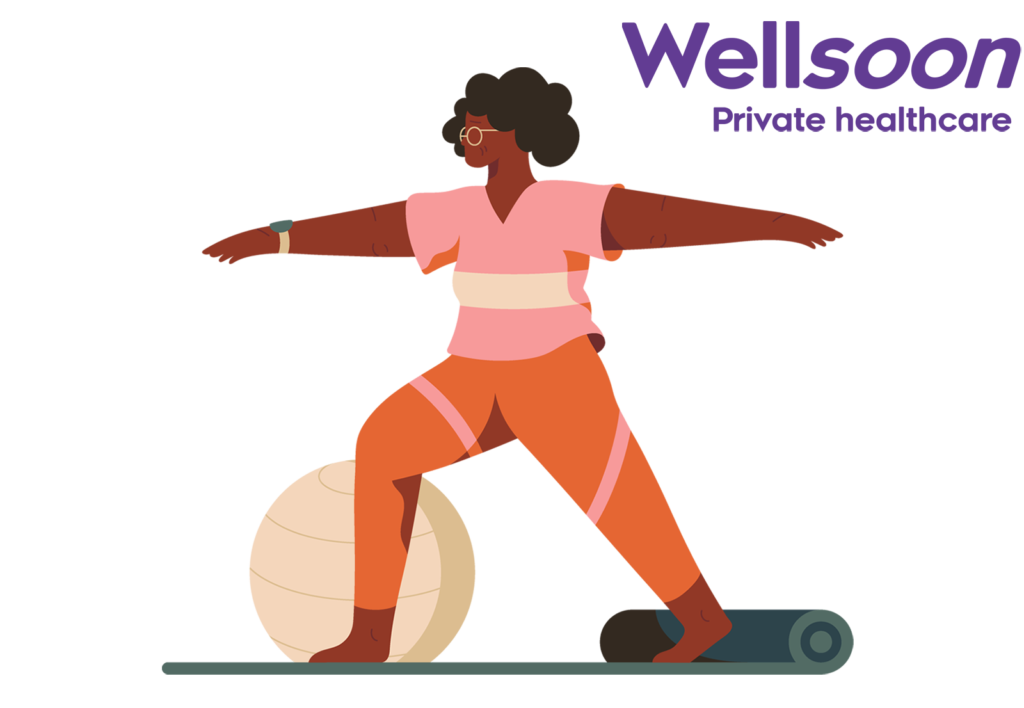Shepton Mallet
Procedure |
Price |
|---|---|
£795 |


Platelet rich plasma (PRP) therapy uses a concentrated injection of your own blood’s platelets to promote healing and reduce pain in damaged tendons or arthritic joints. It is a minimally invasive procedure that aims to accelerate natural tissue repair.
Procedure |
Price |
|---|---|
£795 |
Procedure |
Price |
|---|---|
£795 |
Platelet rich plasma (PRP) therapy is a medical treatment that utilises components of your own blood to promote healing and tissue regeneration. PRP is derived by drawing a small amount of your blood and processing it to concentrate the platelets, which contain growth factors that aid in healing.
Blood is taken and placed in a centrifuge machine which spins the blood to separate the red blood cells from platelets (platelets are cell fragments that produce substances called growth factors). The platelet rich plasma (PRP) obtained is re-injected into the affected tendon.
The aim is to supply the tendon with growth factors that start the healing process and reduce pain and swelling. Injecting patients with their own blood product can be used to treat people with tendon problems that cause pain, weakness and stiffness.
Platelet rich plasma injections can reduce pain and improve function in patients with osteoarthritis (wear and tear), particularly in the knee, hip, and larger joints. Platelet rich plasma is often used to treat painful conditions like tendonitis or tendinopathy in the elbow, shoulder and ankle.
Among the main benefits of Platelet Rich Plasma therapy are:
While generally considered safe, the potential risks include:
Platelet rich plasma treatment is not available for NHS patients. Patients can access the treatment the following ways:
The treatment will be explained to you as below to ensure that you understand the benefits and risks.
The injection uses a local anaesthetic, so you will be unable to drive yourself home following the procedure, so you’ll need to organise a taxi or ask a friend to drive you home.
Please avoid taking any anti-inflammatory drugs (e.g. Aspirin or Ibuprofen) for at least 2 weeks prior to the procedure. You should also try to avoid smoking or excessive alcohol consumption to achieve the best possible treatment results.
Please let us know if any of the following bullet points are applicable to you:
Following your treatment, you should try to follow the guidelines below:
5,000+

treatments carried out last month
Outstanding

or 'Good' ratings by CQC
100%

clean record for hospital acquired infections
97%

of patients recommend Practice Plus Group
Affordable options for funding your own treatment.
With our option of paying for yourself you’ll get high quality, consultant-delivered care without the unnecessary extras. It’s excellent value for money, with no compromise on clinical outcomes.
Hassle free treatment for patients with private medical insurance.
Whether you have your own private health insurance or are covered through your employer, receive expert hospital treatment at Practice Plus Group.
Free high quality healthcare with short waiting times.
Did you know you can choose where you have your free NHS hospital treatment? If you or a loved one needs to see an NHS specialist, you can choose to access Practice Plus Group Hospitals as an NHS patient.